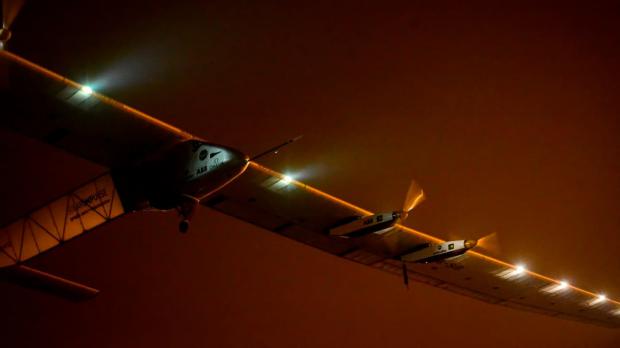
Breaking News
 Global Exclusive: The January 6th Pipe Bomber's Identity Has Been Discovered,...
Global Exclusive: The January 6th Pipe Bomber's Identity Has Been Discovered,...
 Capitol Police Officer Shauni Kerkhoff Identified as J6 Bomber...
Capitol Police Officer Shauni Kerkhoff Identified as J6 Bomber...
 Why Dual Engine Failure Changes Everything -- Louisville Crash Update
Why Dual Engine Failure Changes Everything -- Louisville Crash Update
 Transforming Storage Shelf / Workbench - Small Space Organization
Transforming Storage Shelf / Workbench - Small Space Organization
Top Tech News
 HUGE 32kWh LiFePO4 DIY Battery w/ 628Ah Cells! 90 Minute Build
HUGE 32kWh LiFePO4 DIY Battery w/ 628Ah Cells! 90 Minute Build
 What Has Bitcoin Become 17 Years After Satoshi Nakamoto Published The Whitepaper?
What Has Bitcoin Become 17 Years After Satoshi Nakamoto Published The Whitepaper?
 Japan just injected artificial blood into a human. No blood type needed. No refrigeration.
Japan just injected artificial blood into a human. No blood type needed. No refrigeration.
 The 6 Best LLM Tools To Run Models Locally
The 6 Best LLM Tools To Run Models Locally
 Testing My First Sodium-Ion Solar Battery
Testing My First Sodium-Ion Solar Battery
 A man once paralyzed from the waist down now stands on his own, not with machines or wires,...
A man once paralyzed from the waist down now stands on his own, not with machines or wires,...
 Review: Thumb-sized thermal camera turns your phone into a smart tool
Review: Thumb-sized thermal camera turns your phone into a smart tool
 Army To Bring Nuclear Microreactors To Its Bases By 2028
Army To Bring Nuclear Microreactors To Its Bases By 2028
 Nissan Says It's On Track For Solid-State Batteries That Double EV Range By 2028
Nissan Says It's On Track For Solid-State Batteries That Double EV Range By 2028
Phoenix bound: Solar Impulse 2 begins 10th leg of round-the-world flight

Borschberg is of course the pilot who took solar-powered flyer from Japan to Hawaii last year on the eighth leg of the round-the-world journey. That trip took almost 118 hours and covered 4,480 miles (7,209 km), setting new records but also sustaining catastrophic battery damage that was to keep it on the ground until April 21, when it took to the air and headed for Silicon Valley.
The single-pilot aircraft took off today from runway 32L at Moffett Airfield at 5:03 am local time on the tenth leg of its round-the-world voyage, which began in Abu Dhabi in the Persian Gulf in March 2015.
"We are now continuing the adventure across the United States, with the ambition to show everyone along the way, that if an airplane can fly day and night without fuel, we could all use these same clean technologies on the ground to develop new industrial markets and stimulate economic growth, while also protecting the environment," said Bertrand Piccard.

 Carbon based computers that run on iron
Carbon based computers that run on iron

